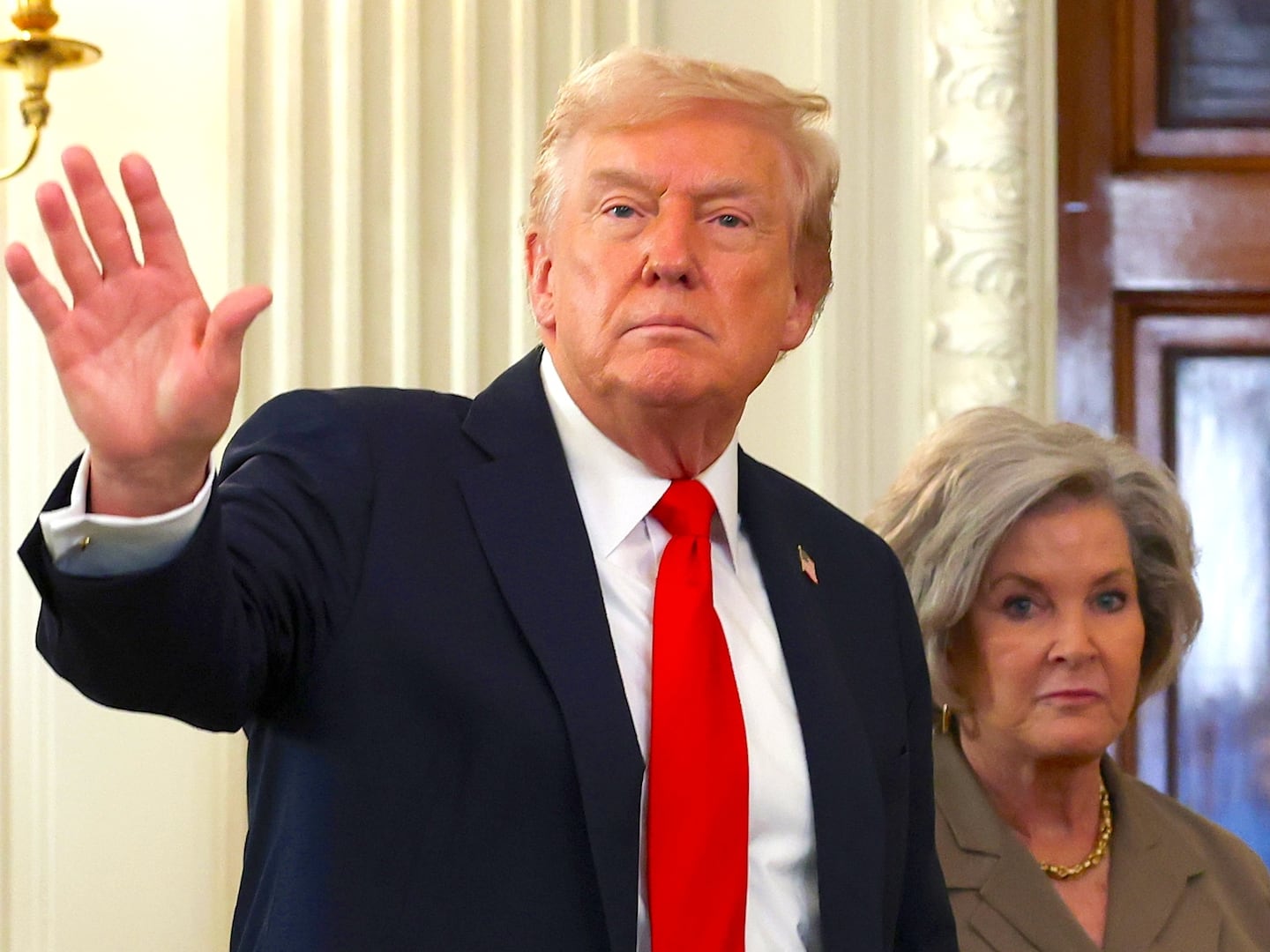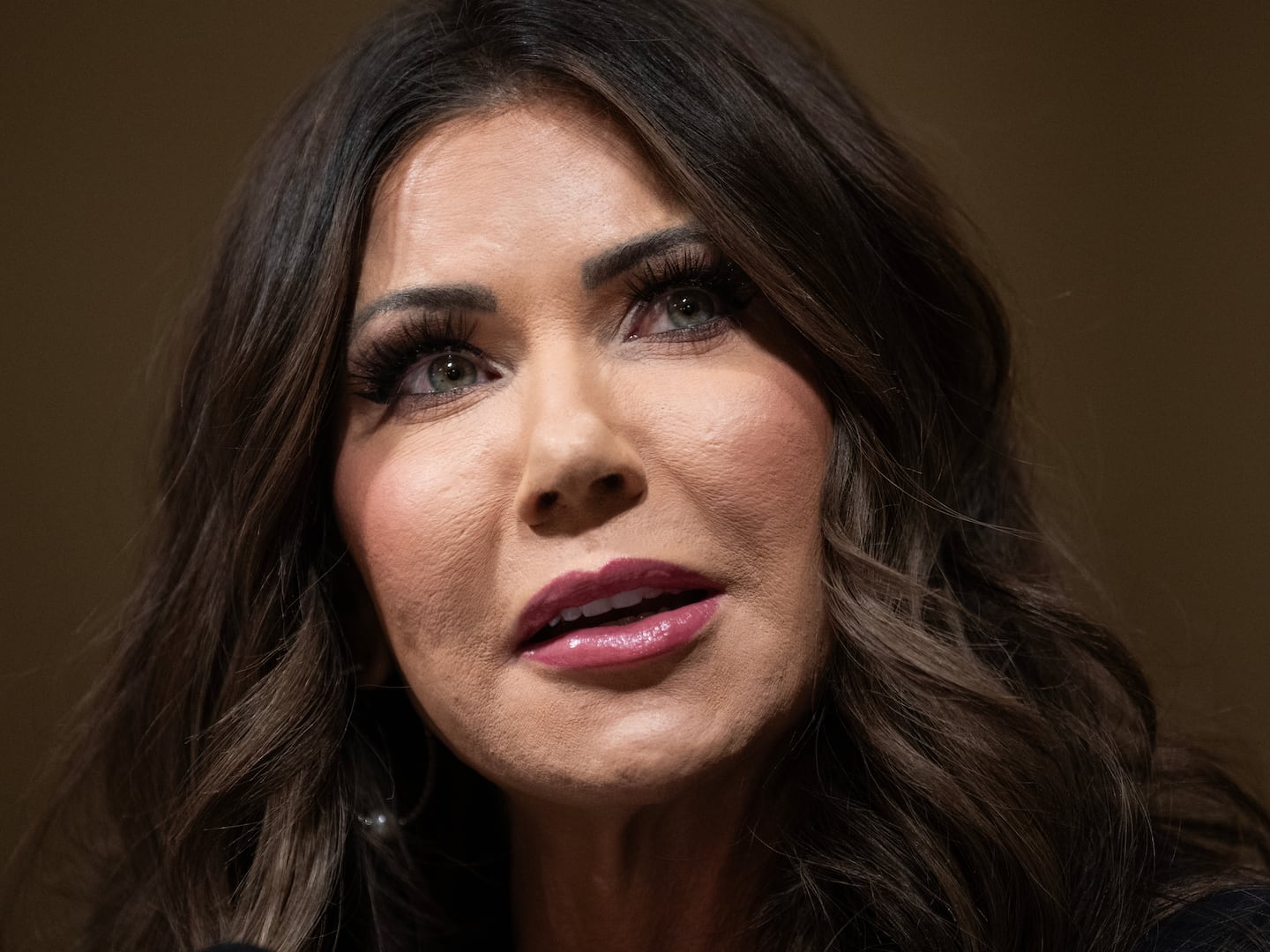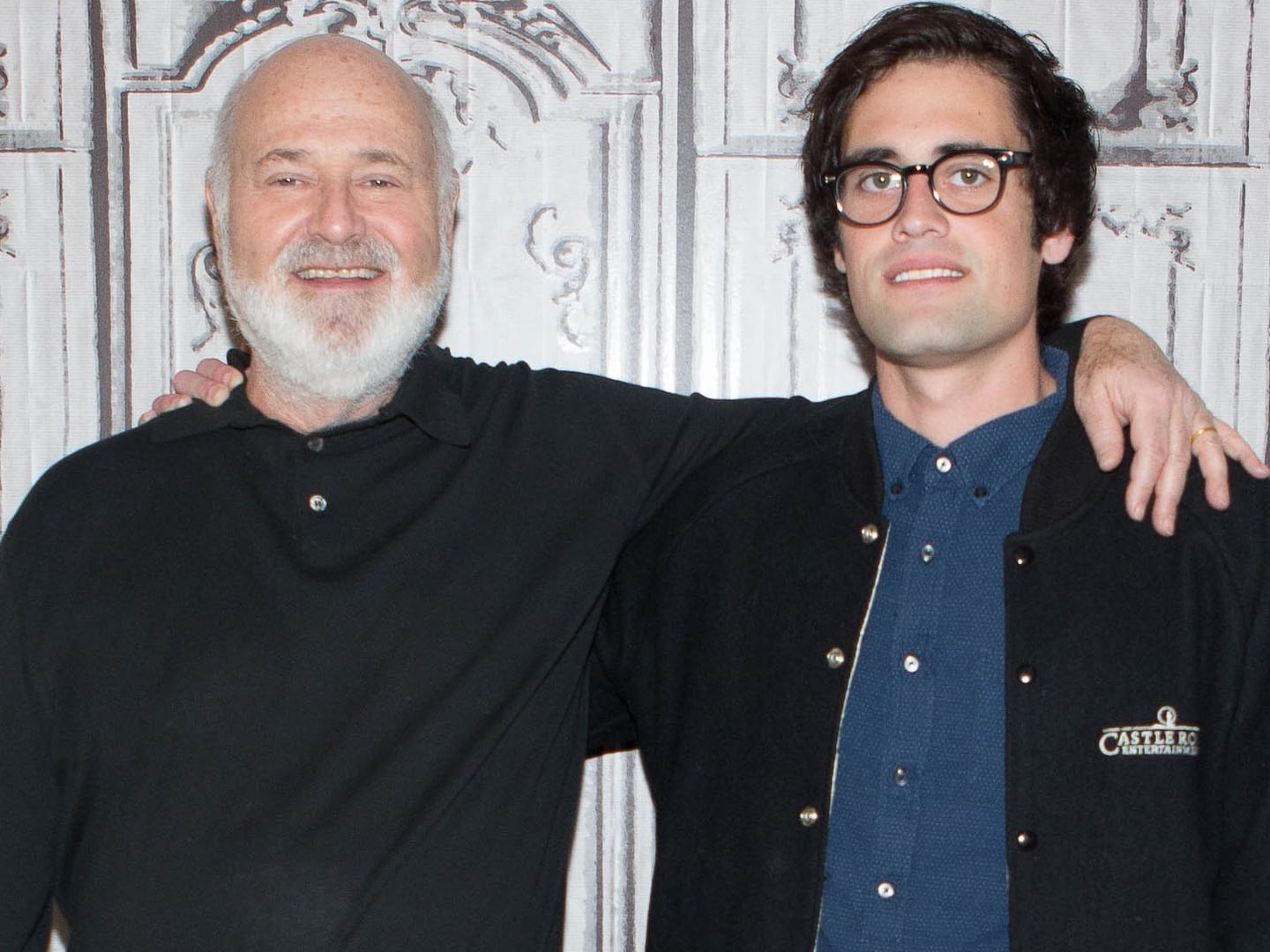By shortly after 2:00 Sunday, I stopped waiting for the big announcement and decided I’d get more out of watching Tiger and Rory tee off. I finally did see the video a little after 3:00. I liked the anti-hoopla factor. Most people are going to make fun of it, which I’d imagine Clinton figured was inevitable one way or the other.
It’s quite obvious how this Clinton campaign is going to be covered by the media. Most of the visible manifestations will be soap opera, those kinds of mannered, Dowdian questions of which the press never seems to tire: Is she connecting, is she being “authentic,” is she acting too “ambitious,” is she wearing the right pantsuit, what’s up with her hair today, how is Bill behaving. There is, certainly, an extent to which questions like these are a legitimate part of the scrutiny of a presidential candidate, whether it’s Hillary Clinton or Ben Carson, and I’ll ask them from time to time myself when they seem relevant. But somehow—for reasons that aren’t terribly mysterious—these questions always have been and now will be asked far more often of Clinton than of the others.
Underlying all that, invisible to the naked eye but always present, will be the element of Gotterdammerung that flows from the soap opera, which is to say: When the coverage is so intensely personality-focused as it will be with Clinton, it sets up a reality in which the media are just waiting for her to crack, to break; perched for the moment of downfall. I’m not saying it’s a conscious thing, or that the press will want her to fail for ideological reasons. It’s subtler than that.
In some ways, it’s really just about the narrative structures we’ve all learned and imbibed from television and movies: If the Clintons are a soap opera, coverage of them must by definition include stock soap-opera moments of tragedy and failure. Depending on how the cookie crumbles, it might also include the standard post-failure narrative arc of redemption and renewal, but that’s just a maybe. The other parts are definites.
So how does Clinton navigate these currents? I suspect she’ll go back in time a bit and use as her model for herself not her failed 2008 campaign (for obvious reasons) but her successful 2000 campaign for Senate in New York. We’ve already heard a few echoes of that race, when she launched her first “listening tour.” That happens to be the campaign I followed really closely, so I know a little about it (Wanna read my book on that race? It was good, but it’s been remaindered so long now that Amazon will probably pay you to take one.)
What she did then was to ignore the soap opera to the extent possible and stick to the issues. Issues, issues, issues. But the issues were mostly kind of boring. How to get more airlines to fly to Rochester was surely important to Rochest...arians?, but it ain’t a question on which the fate of the republic turns. All this played to her advantage over time, because voters read the soap opera in the papers, but then when she showed up in Schenectady or wherever, what they saw was this woman, a little shorter (and thus less intimidating) than they’d imagined, speaking with great knowledge and seriousness of purpose about Medicaid funding formulas and the Northeast Dairy Compact.
She needs to do, I think, kind of the same thing now. Stick to the issues. Except for this: Now, the issues aren’t boring. Now, the issues really matter, and we are at a point in history where, if she can win and manage to hold the White House until 2025, a good portion of the rightward drift in this country since 1980 can be reversed for the foreseeable future.
It’s a huge opportunity for her to be a president of great consequence: the one who finally reversed the flow of the river, got it back moving in the direction it (mostly) did from 1945 to 1979. And there’s only one way to be that president.
Go big, Hillary.
Go big on social questions, on which public sentiment more and more favors liberal positions on a range of issues. And go big on foreign policy because the world situation demands it. She’s a little to Obama’s right? Fine. But she is not a neocon—that’s a misreading—and she needs to stand up to them and remind voters how much of the current world mess the neocons made.
But most of all she needs to go big on economic questions. The great issues of our time are wage stagnation and middle-class anxiety. As I wrote recently in The New York Review of Books: “Since 1979, compensation for the top 1 percent has grown 138 percent, while median wages have increased just 6.1 percent. Worker productivity has grown 63.5 percent in this time, and if wages had kept pace with productivity, the annual median wage today, instead of being around $35,300, would be $54,400.” Some more figures, from the Congressional Budget Office: Also since 1979, real after-tax household income for the top 1 percent grew 275 percent; for people in the middle, around 40 percent.
It’s morally indefensible and economically unsustainable. And everything is teed up for her to be dramatic here. On the Democratic side of the spectrum, it’s not only that Elizabeth Warren has helped put these issues front and center; it’s also that figures like Larry Summers, in the past identified with more centrist positions, had embraced some populist policies of late. It’s also interesting that even Republicans are talking about wage stagnation now. Of course, they’re doing it only because it’s a handy club to whack Obama with—they’ll talk about wage stagnation under Obama, in other words, but not since 1979, which is the reality, because mentioning that would imply a criticism of the sainted Reagan. So they won’t go there.
Clinton can. And lest you think that the historical argument implies a knock on her husband’s tenure, in fact the opposite is the case: The only brief time since 1979 that we’ve had strong wage growth at all income levels was in the late 1990s under Bill Clinton (in fact, according to the Economic Policy Institute, wage growth then was strongest for the bottom 40 percent). And by the way, I salivate to see her go up against Jeb Bush on this front: Median household income grew nearly 11 percent under Bill Clinton. Under both Bush presidents, when adjusted for inflation, the median household income shrank; that’s right—shrank.
And this is important: She needs to be clear that she doesn’t want to address the wage problem because of fairness. Fairness is nice. It works with liberals. But it doesn’t work so well with swing voters. She wants to address the wage problem because of growth—inequality is bad for economic growth. Evidence on this point is accumulating, and establishing that link is crucial to the process of persuading voters beyond the base that the Democratic concern with wages isn’t just about fairness, which sounds to a lot of people like “uh-oh, more taxes for me”; raising median wages is a better way than trickle-down economics to grow the economy.
Now is exactly the right time for boldness and creativity on wages and middle-class economic security. More and more workers aren’t employees anymore; they’re contractors. What can be done for them, to ensure they have guarantees of sick days, vacation days? What about student debt and the cost of higher education? It can be curbed; there are ideas out there, they’re just not in the political bloodstream yet in a meaningful way. She can put them there.
Also, and this is vital: Clinton needs to be willing to make some enemies. If one characteristic has marked her as a politician, it’s been her preternatural caution. Ditch it. Take some chances. I wrote last summer that she should embrace paid family and medical leave. I feel it more strongly now. Conservatives will scream nanny state. Wall Street and some parts (though not all parts) of corporate America will say she wants to kill business. Good. Let ’em. Voters will love it. That one issue alone would send a fantastic signal that she’s on the middle class’s side and is willing to take on some big-money interests.
Clinton has always been good at insulating herself from the soap opera, ignoring what I remember her once calling, on the 2000 campaign bus, “the background music of my life.” And she’s always—okay, usually—been good at being a symbol and an icon to those on her side. What she hasn’t always been good at is being a leader with the guts and vision that the historical moment demands. It seemed a good sign that the only quasi-substantive thing she said in the video had a little populist bite to it: “The deck is still stacked in favor of those at the top. Everyday Americans need a champion, and I wanna be that champion.”
Decent start. If she can be that person, primary challenge or not, she’ll be the candidate the Democrats need.





